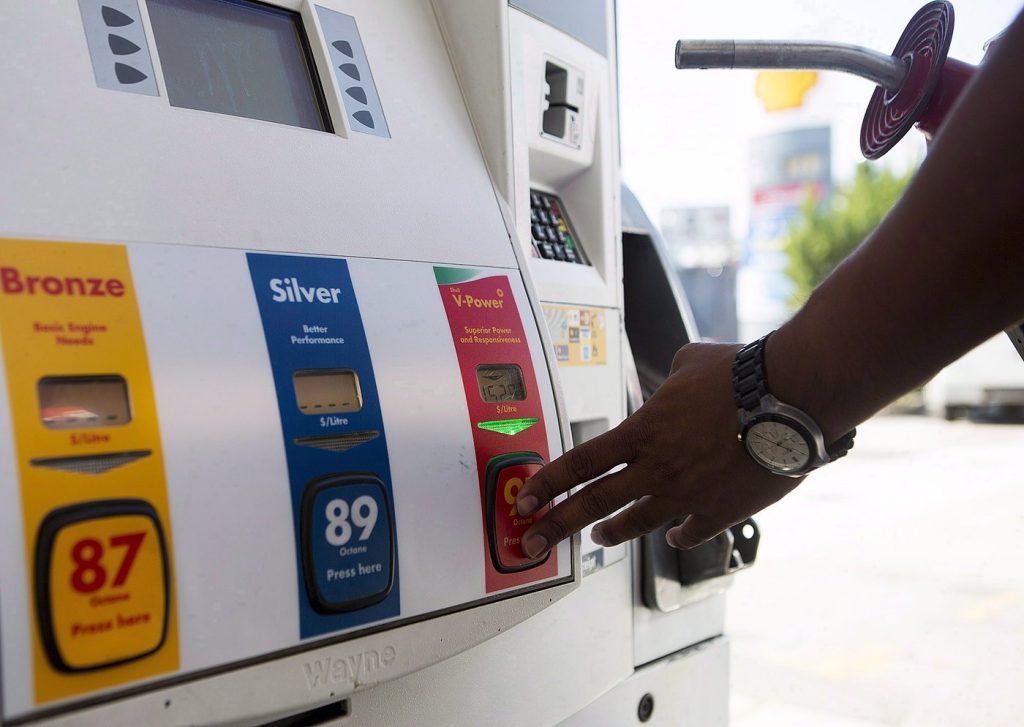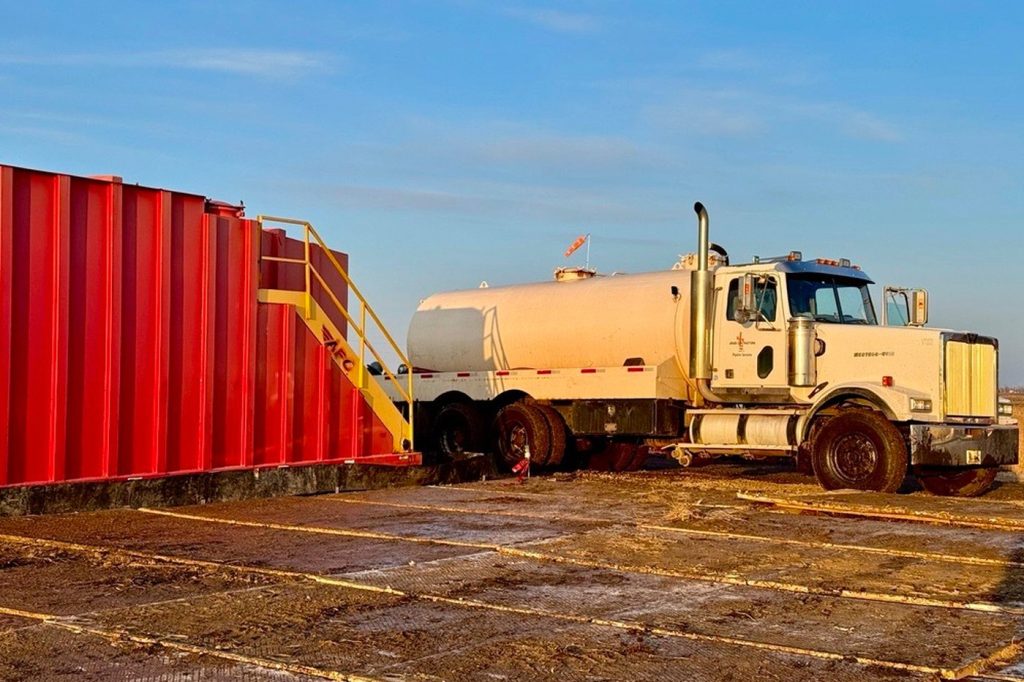Look back at 2020: Beirut blast levels parts of Lebanese capital
Posted Dec 25, 2020 7:00 am.
Last Updated Dec 26, 2020 9:47 am.
BEIRUT, Lebanon – On Aug. 4, a massive explosion at the Port of Beirut levelled parts of Lebanon’s capital.
The source of the blast was improperly stored ammonium nitrate which had caught fire.
More than 200 people died as a result of the blast, which also left thousands hurt, many missing, and caused damage as far as 10 kilometres from the blast site.
WATCH: Large blast in Beirut shakes Lebanon’s capital

In the days that followed, protests erupted, with the Lebanese people calling for change to what many have described as a political system marred by corruption.
The explosion was seen as a clear example of the government’s neglect and mismanagement of the country, with calls for reform continuing to this day.
In a brief televised speech, then-Prime Minister Hassan Diab said he would be taking “a step back” so he could stand with the people “and fight the battle for change alongside them.”
“I declare today the resignation of this government. May God protect Lebanon,” Diab said, repeating the last phrase three times.
READ MORE: Lebanese PM, Cabinet resign in wake of Beirut explosion, protests
His resignation came after a number of ministers resigned in the wake of the explosion. Violent protests, which saw demonstrators clashing with armed forces who fired tear gas in some instances, erupted over the weekend as public fury grew.
Aid flooded into the Mediterranean country from around the world.
Ottawa upped the amount of money it will put to matching donations from Canadians for humanitarian relief from $2 million to $8 million near the end of August.
The money was part of a $30-million commitment to provide emergency aid to Lebanon. Canada tied its relief funding to the promise of change.
An investigation is now underway to try to determine how things went so wrong, but it remains to be seen just what will come from it.








